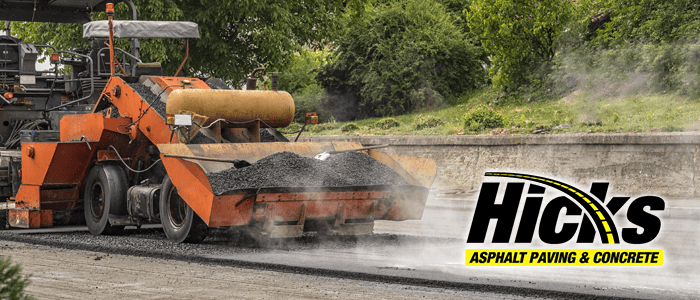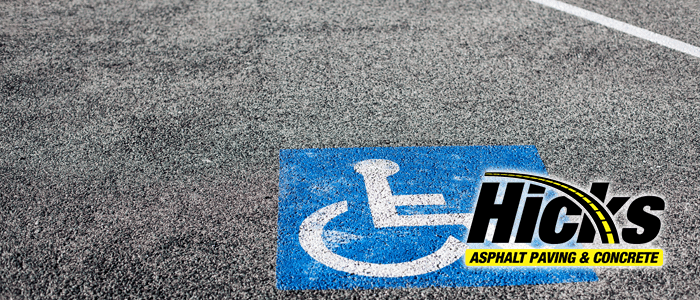Speed Control in Parking Lots
Speed Control Devices, more commonly referred to as speed humps or speed bumps, can be a useful, even essential tool to control traffic flow on the street or in your parking lot. However, it is important to understand their differences, uses, and the local laws and regulations regarding their installation and use when installing them. If you are looking to control traffic flow in your parking lot better, we are looking at some of this information to help you determine what will work for your particular situation and location.
Differences in Speed Control Devices
Before installing any speed control device, the first thing to know is which one will work best for your parking lot. Many people think of speed humps and speed bumps as interchangeable, but this is not so. There are other types of SPDs, such as speed cushions and speed tables, but for our purposes today, we will only be looking at the two most common.
Speed Bumps
Speed bumps are typically between 3-4 inches in height and about 1 foot wide from front to back. They also generally leave a space between the edge of the speed bump and the curb, and sometimes they even leave a gap in the middle of the roadway. In general, this is to allow for the easier passage of emergency vehicles.
Speed Humps
Speed humps are much larger than speed bumps. They are usually approximately 3-4 inches in height and span 10-14 feet from front to back. They do not leave a gap between the edge of the speed hump and the curb. However, they tend to taper toward the ends to allow for water and other liquids from the roadway.
Uses
As a general rule, the higher and wider the SPD, the greater the speed reduction will be. However, one of the downsides of these devices is that they can cause drivers to divert to other roadways. This means some of your potential customers may avoid paths to your business if there are speed control devices in use. Both speed humps and speed bumps are commonly made from either concrete or even rubber. Concrete is more permanent, but it is the most costly to install. Rubber is less expensive, but it will need to be replaced more frequently than concrete.
The benefits of SPDs have been studied extensively. What these studies have shown is that speed control devices reduce speeds by approximately 40%. They have proven to be more effective at reducing speeds than just signs and road markings alone. In addition, the risk of children being injured by a speeding vehicle is reduced by up to 53% in the presence of speed control devices. Speed control devices also reduce the number of accidents in a given area, particularly in tight spaces, such as parking lots or garages.
The negatives of speed control devices are that they tend to increase the noise level in the area and potential damage to vehicles with low ground clearance. In addition, there is a potential that emergency vehicles will have slower response times when traversing across speed control devices.
If you are looking for ways to make your parking lot safer, then installing speed control devices may be the solution you are looking for. However, you must follow the local guidelines for your area when installing these devices to ensure that your parking lot remains compliant.





